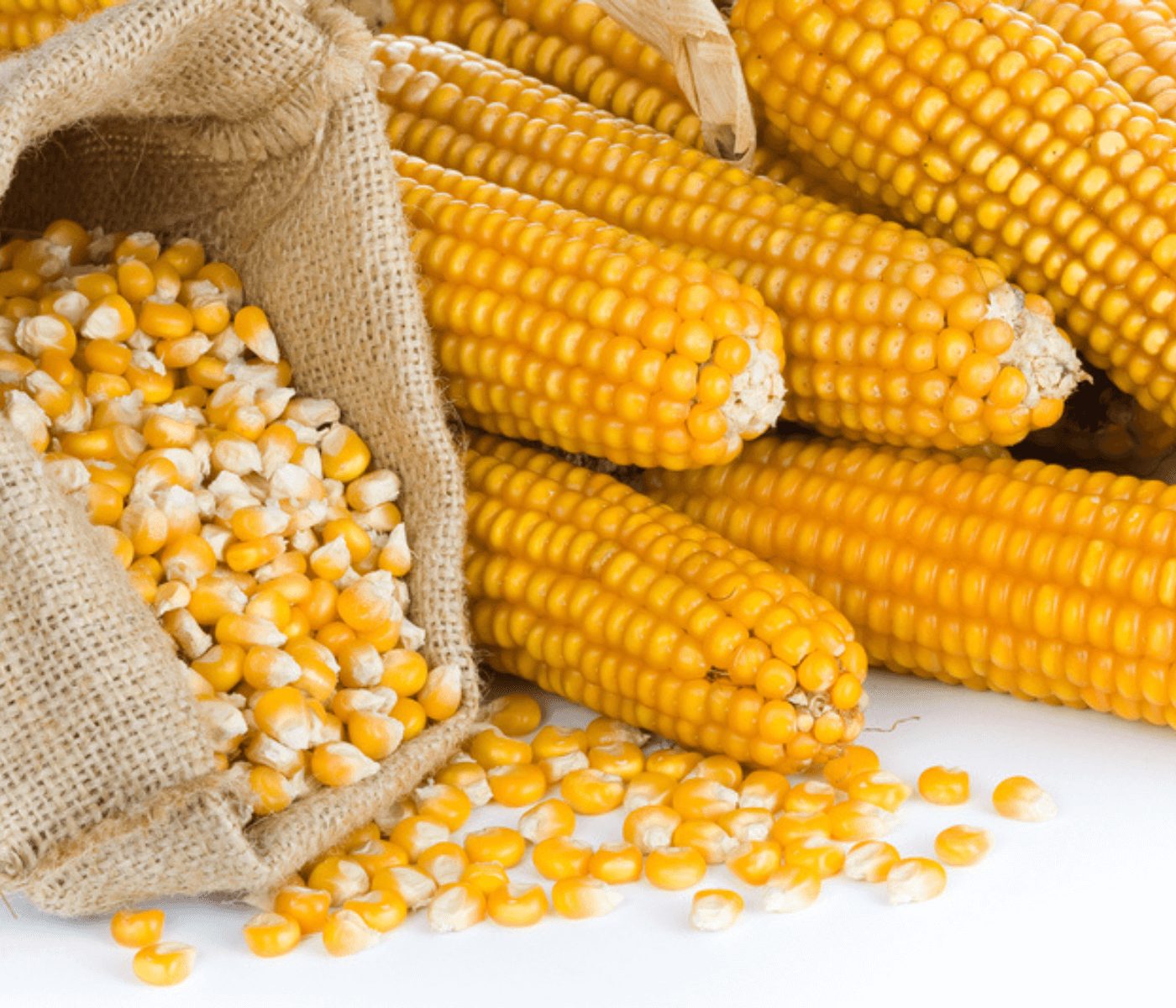 01 Feb 2025
01 Feb 2025
Genetically Engineered Corn Adoption Reaches New Heights in the U.S.
The adoption of genetically engineered (GE) corn continues to be a defining feature of American agriculture. According to the latest data from the U.S. Department of Agriculture (USDA), GE corn now comprises over 90% of all planted corn acreage in the country, demonstrating the sustained preference for biotechnology among farmers. This shift has been driven by the benefits of increased yield potential, cost efficiency, and improved resilience against pests and weeds.
The USDA’s Economic Research Service data highlights the following trends:
Herbicide-Tolerant (HT) Corn:
Insect-Resistant (Bt) Corn:
Stacked Trait Varieties (HT and Bt):
Since its commercial introduction in 1996, GE corn has provided significant advantages for farmers, improving pest control and weed management. Herbicide-tolerant varieties allow for more effective and flexible weed control strategies, while insect-resistant corn has significantly reduced the need for chemical insecticides. These innovations not only lower costs for farmers but also decrease the environmental impact by minimizing pesticide runoff into water sources.
The rapid increase in stacked trait varieties, which combine both HT and Bt characteristics, indicates a strong demand for integrated solutions that address multiple agricultural challenges simultaneously. These crops have been particularly useful in regions with high pest pressures and increasing herbicide-resistant weed populations.
Although the overall adoption rate for GE corn has plateaued in recent years, its dominance in U.S. agriculture remains clear. As climate change, pest pressures, and the need for sustainable intensification persist, genetic engineering is expected to continue playing a crucial role in shaping the future of crop production.
Future advancements in GE technology, including improved drought resistance and enhanced nutritional profiles, could further transform the agricultural landscape, ensuring continued innovation and efficiency in American farming. Researchers are also exploring the potential of next-generation GE crops that can enhance soil health, reduce greenhouse gas emissions, and provide better resilience against extreme weather events.
With ongoing investments in biotechnology, GE corn is poised to remain a cornerstone of U.S. agriculture for years to come, providing farmers with the tools they need to adapt to an evolving agricultural landscape.
Source: USDA
Subscribe now to the technical magazine of animal nutrition
AUTHORS
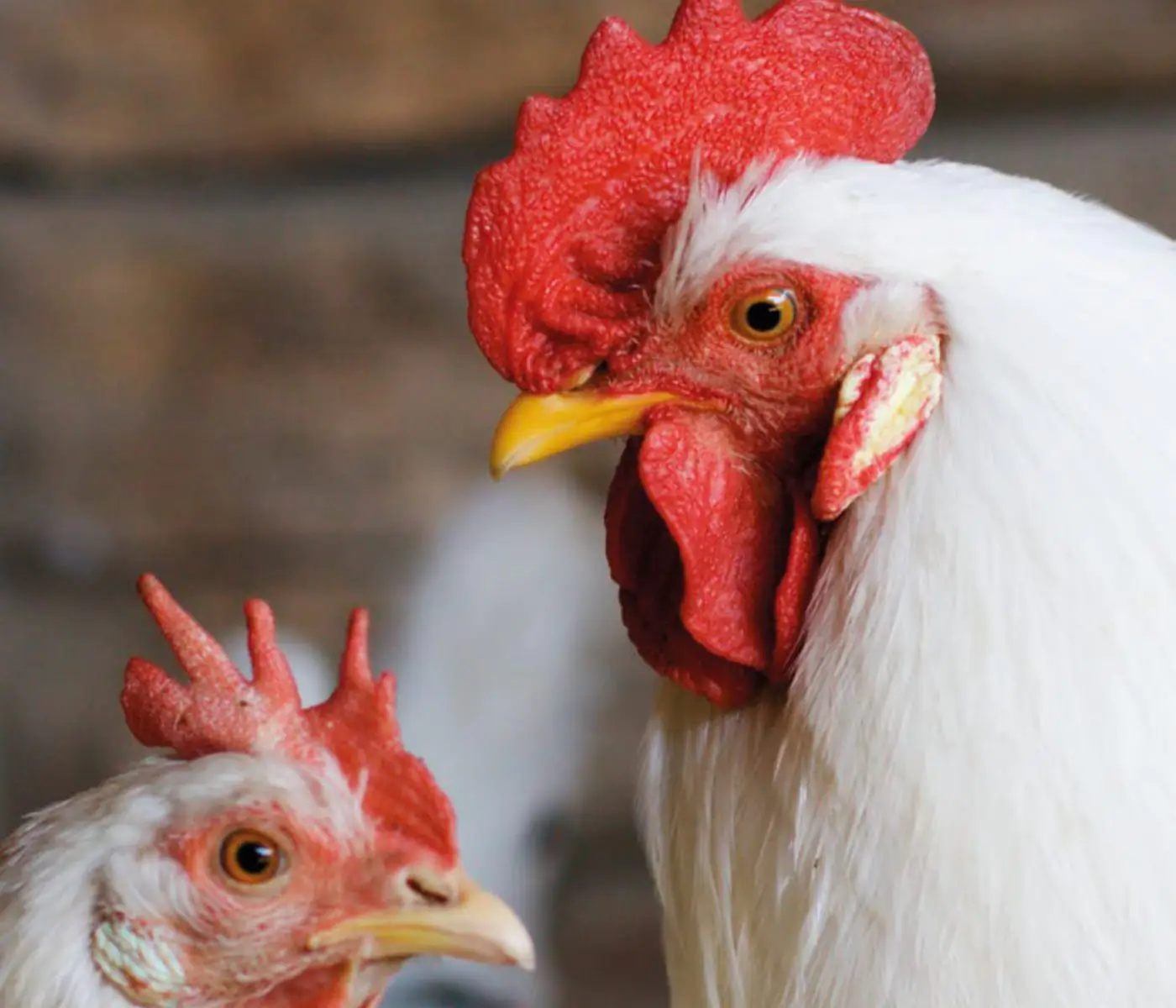
Nutritional Interventions to Improve Fertility in Male Broiler Breeders
Edgar Oviedo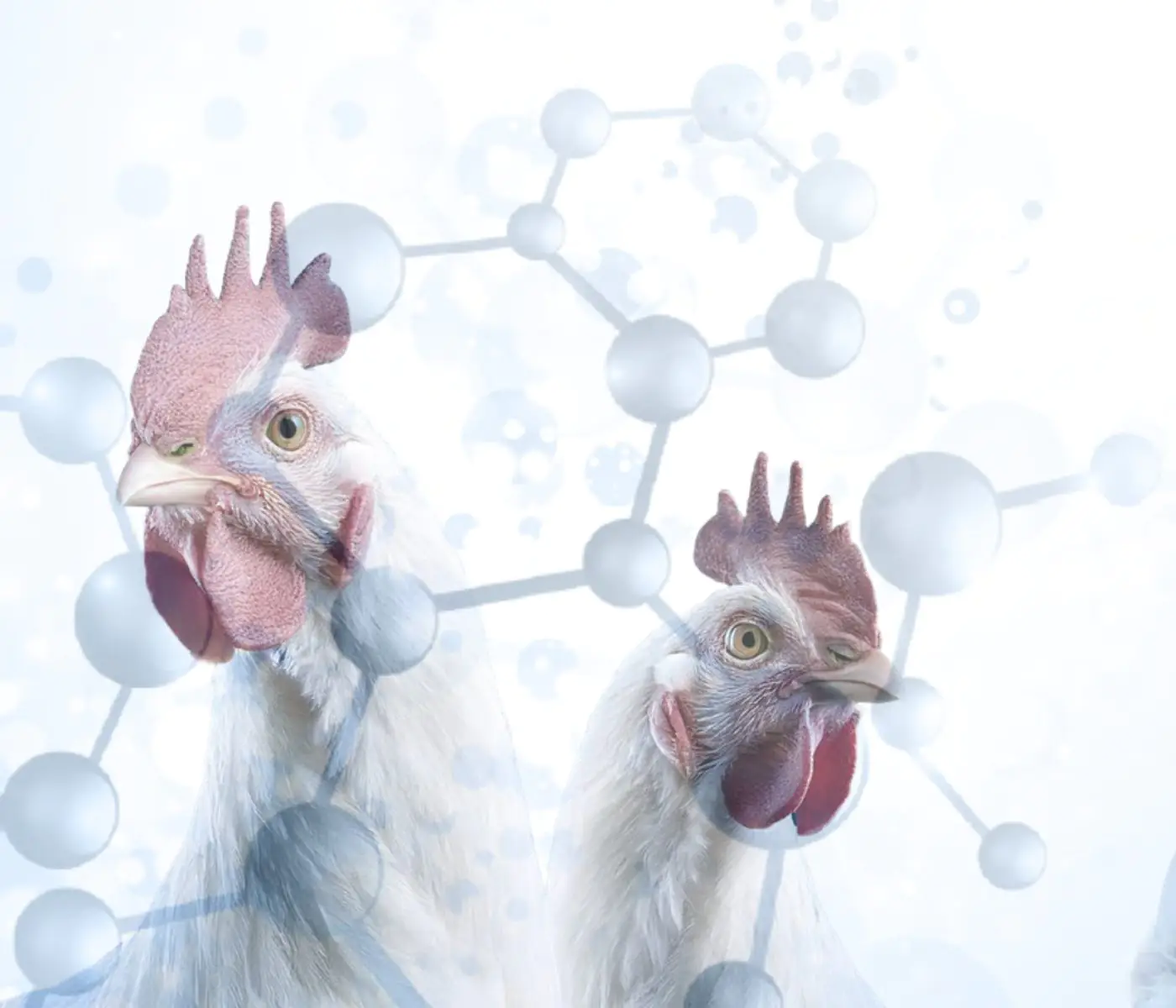
The Use of Organic Acids in Poultry: A Natural Path to Health and Productivity
M. Naeem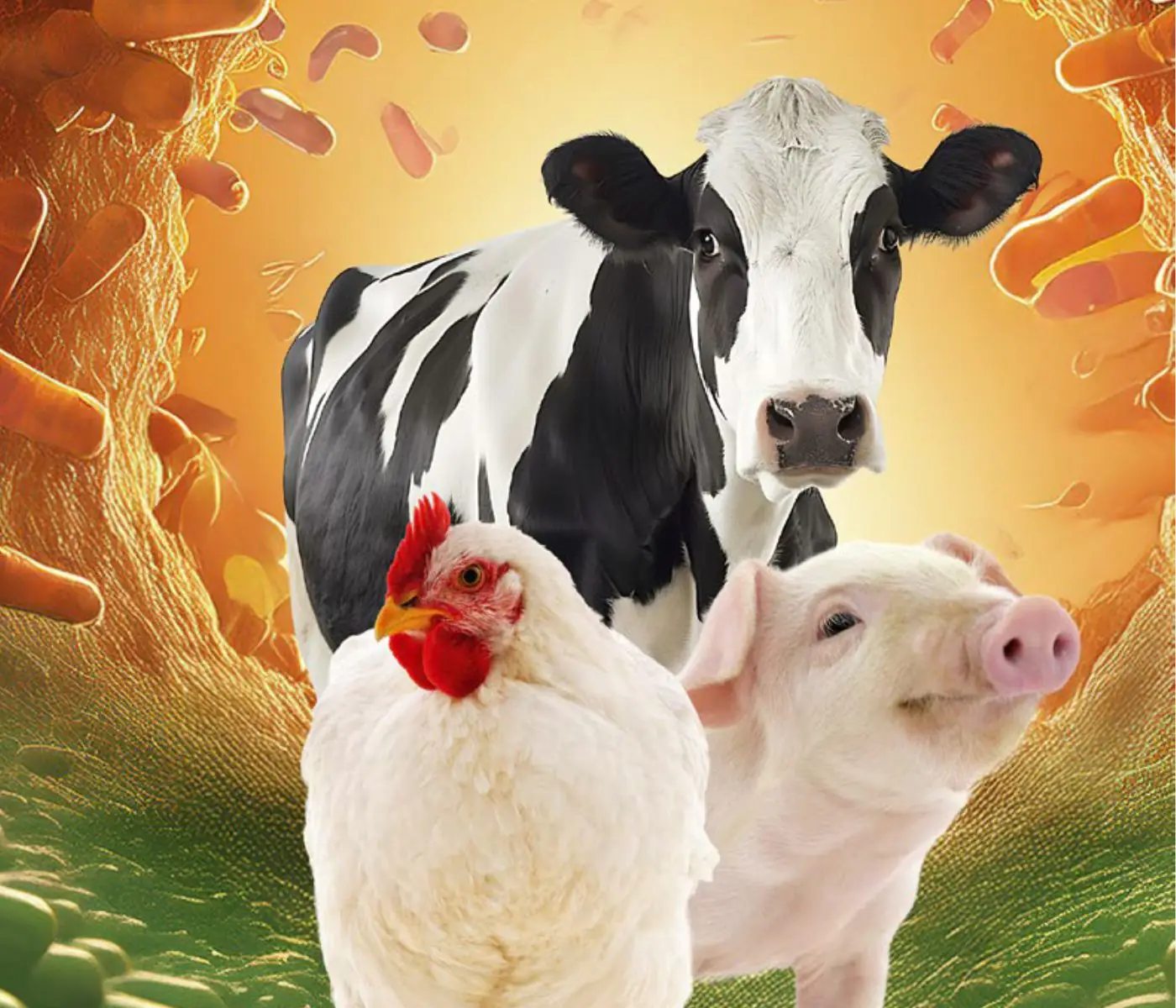
Synergistic Benefits of Prebiotics and Probiotics in Poultry, Swine, and Cattle
Gustavo Adolfo Quintana-Ospina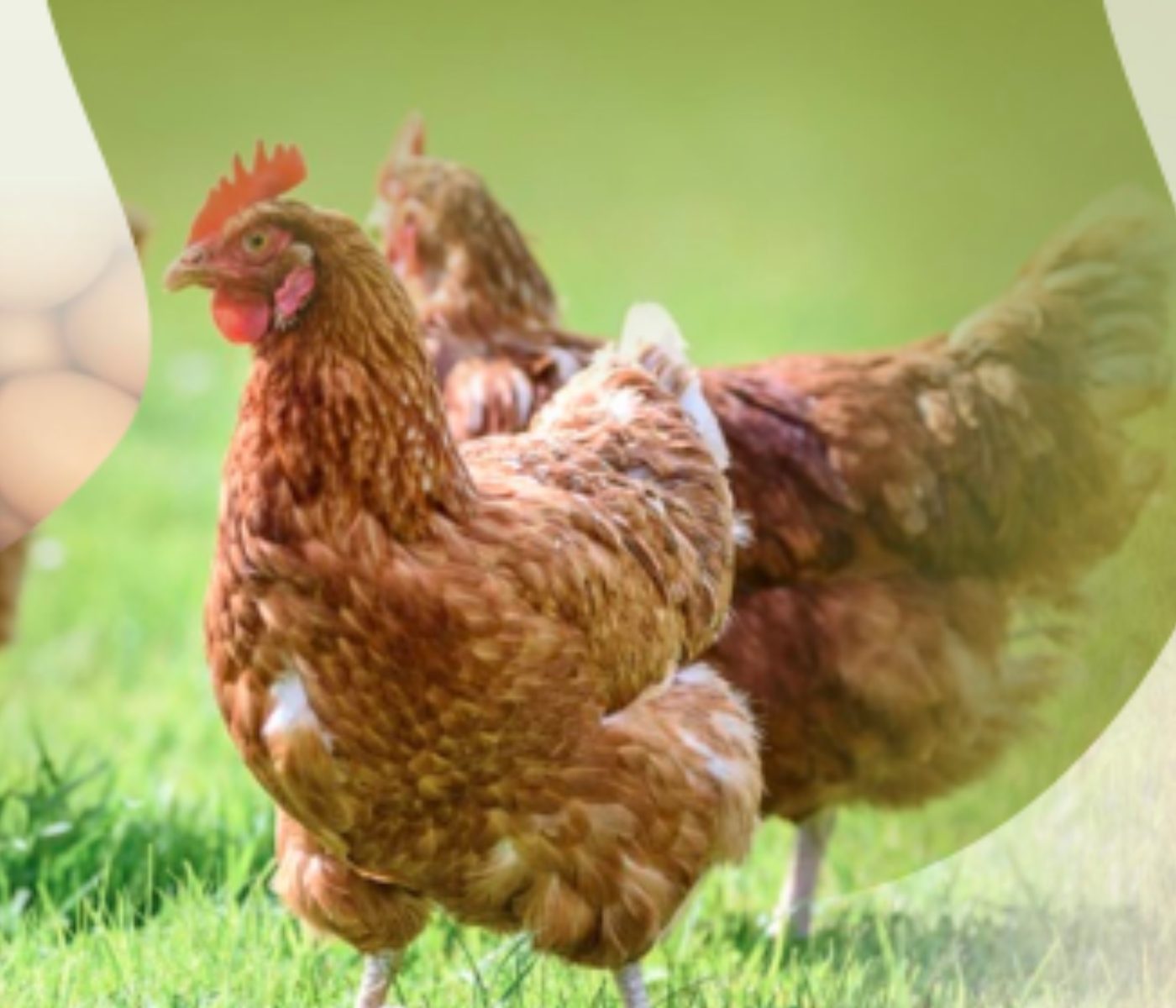
Hybrid Rye Potential in Laying Hen Feed Rations
Gwendolyn Jones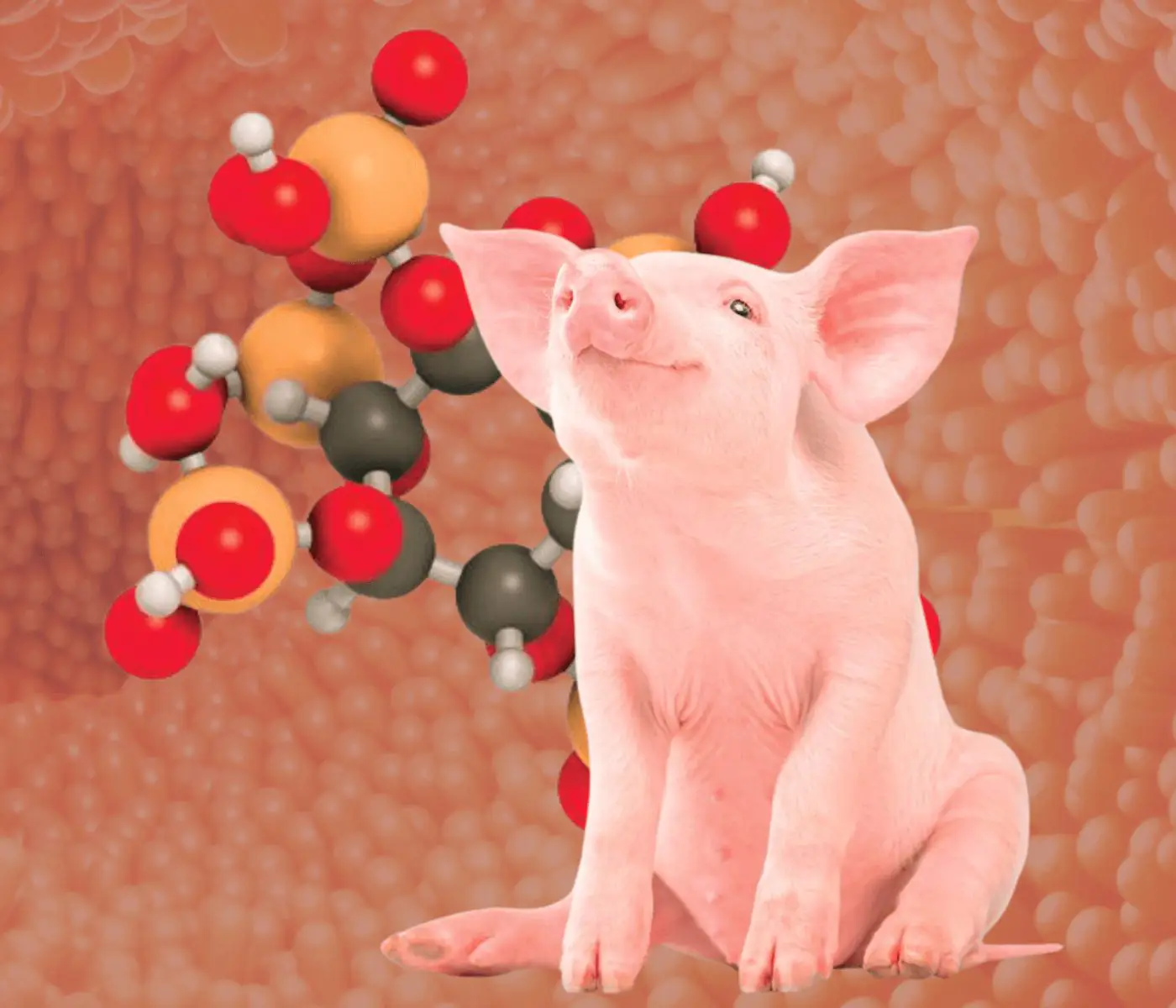
A day in the life of phosphorus in pigs: Part I
Rafael Duran Giménez-Rico
Use of enzymes in diets for ruminants
Braulio de la Calle Campos
Minerals and Hoof Health in the Pregnant Sow
Juan Gabriel Espino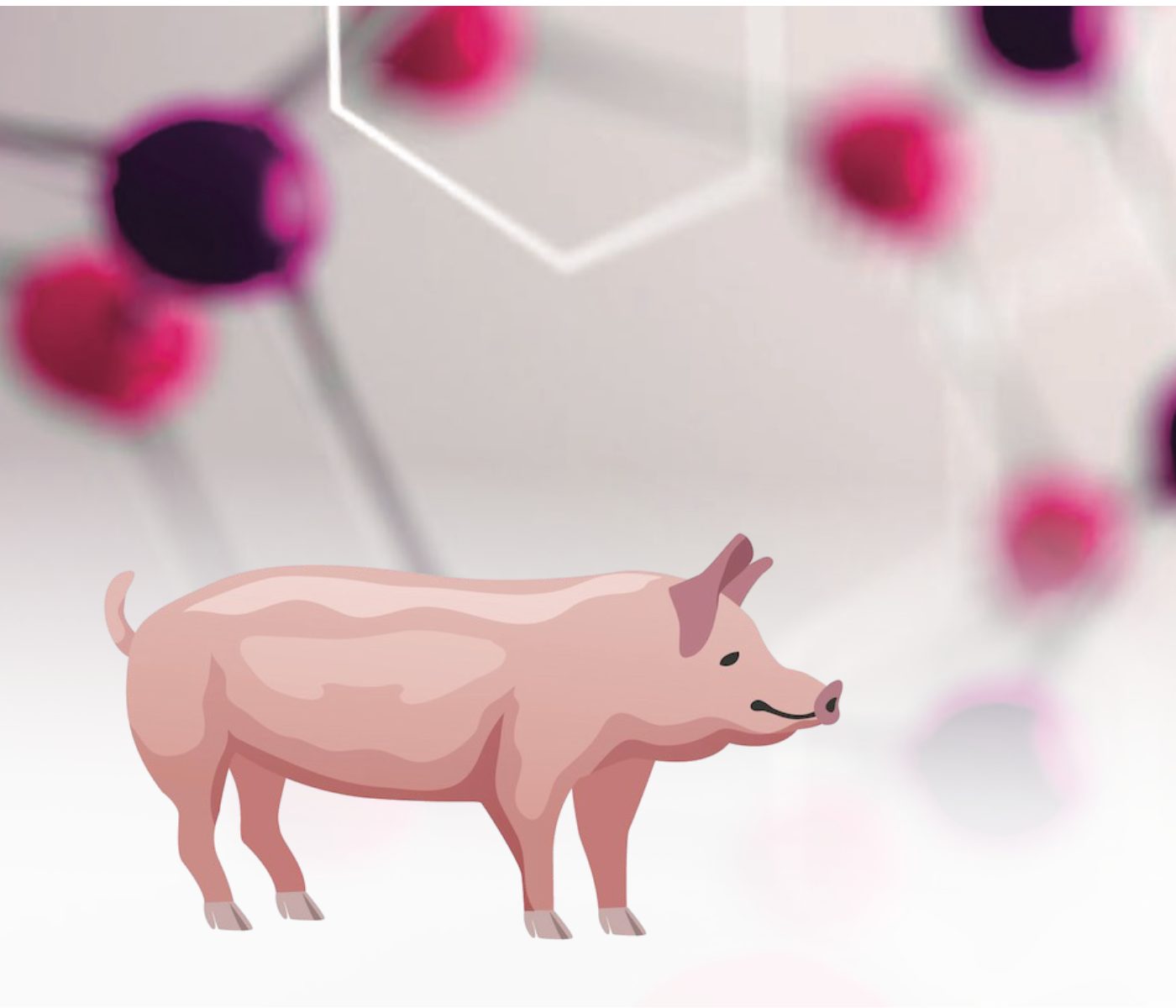
Impact of Oxidized Fats on Swine Reproduction and Offspring
Maria Alejandra Perez Alvarado